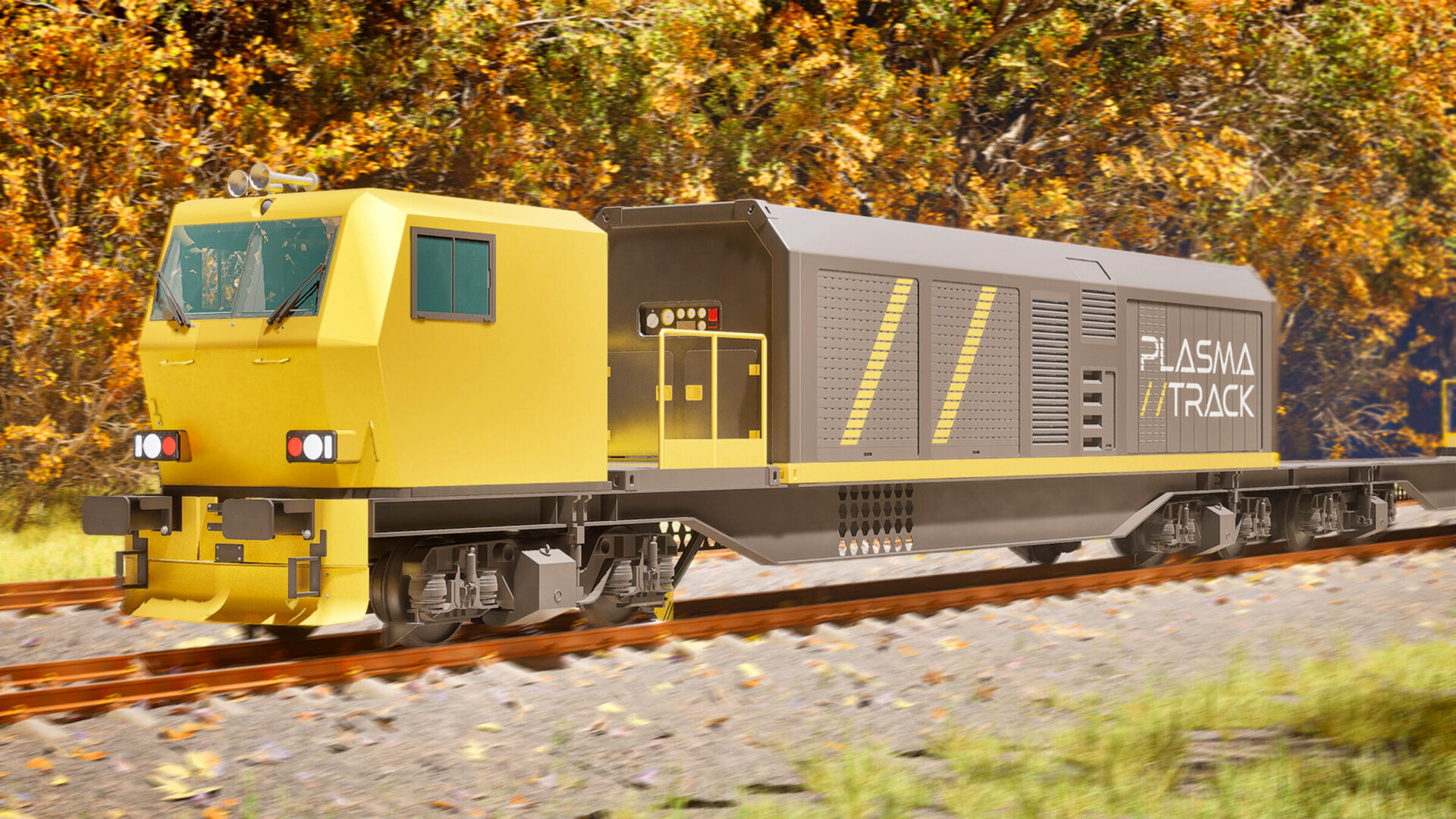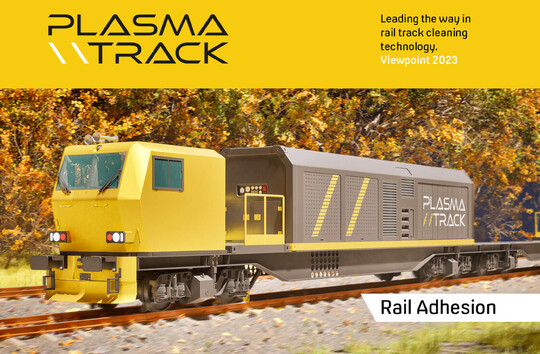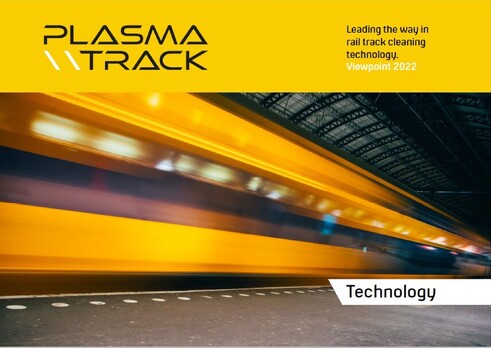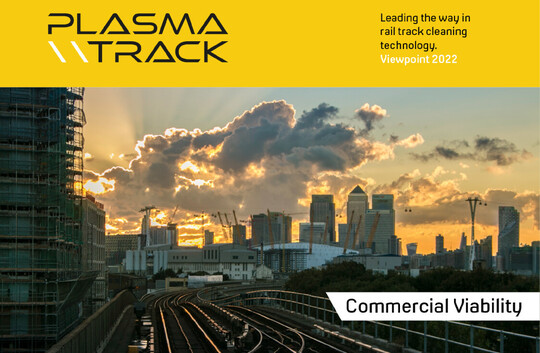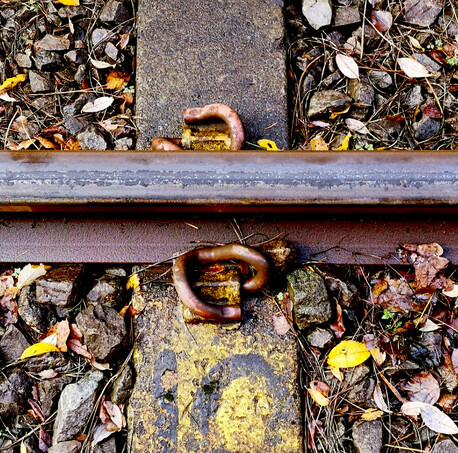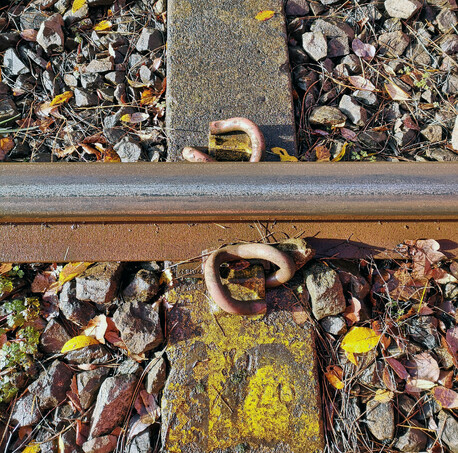LEADING THE WAY IN SUSTAINABLE & COMMERCIALLY VIABLE TRACK CLEANING TECHNOLOGY
Using green energy to clear the residue on tracks, PlasmaTrack will restore the track to a dry, clean and uncontaminated state. Our Plasma technology, enables trains to run as if it were summer all year round, leading to increased capacity and closer running trains.
The problem we are addressing
The problem stems from the fact that we are not simply dealing with crispy, wafer thin leaves on the track.
- Leaves fall on and around the track and as the train passes the aerodynamic effect will deposit more leaves on to the track.
- When the train passes over the leaves, the wheels compress them into a paste, with a force of around one gigapascal (30 tonnes a square inch), between the wheel and track.
- The leaves are transformed into a black Teflon-like surface (called a 3rd layer contaminant), that’s bonded to the track surface.
- This super slippery layer reduces grip, meaning trains need to accelerate and brake gently to avoid slipping.
PlasmaTrack Viewpoints
Download your copy to learn more
Rail Adhesion
Low rail adhesion caused by a compacted leaf layer and other contaminants has been an issue that has long affected network operations...
Technology
Leaves on the line is a serious issue with multiple consequences which several generations of solutions...
Commercial Viability
In the UK, Network Rail’s operation to mitigate autumn leaf fall results in an annual cost of £355 million when you...
Sustainability
Following the COP26 summit at the end of 2021 and the growing impetus to cut carbon emissions...
Current Provision
Currently, the antidote is regular treatment, with very high pressure water jets (114 million litres of water annually) and the addition of an adhesion modifiying gel to increase grip.
In areas where this is not available, (rural routes often don't have the resource to run machinery over the tracks every few hours) they are typically cleaned by manual cleaning crews. This is effective but extremely labour intensive costing the industry and wider society around £350 million per year (3)(4).
Improving Provision
Each of these treatments is good for about 200 axle passes (5), which on a busy line, equates to around two hours of trains. Given that the cleaning rigs might pass over every six hours at best, you can see there’s a lot of room for improvement.
In many areas the railway industry has innovated and improved provision hugely, especially when you consider how many more passengers it transports around the country since the 1990s. But in the area of clearing the leaves to maintain train times, it continues to struggle to solve the nationwide problem 24/7.
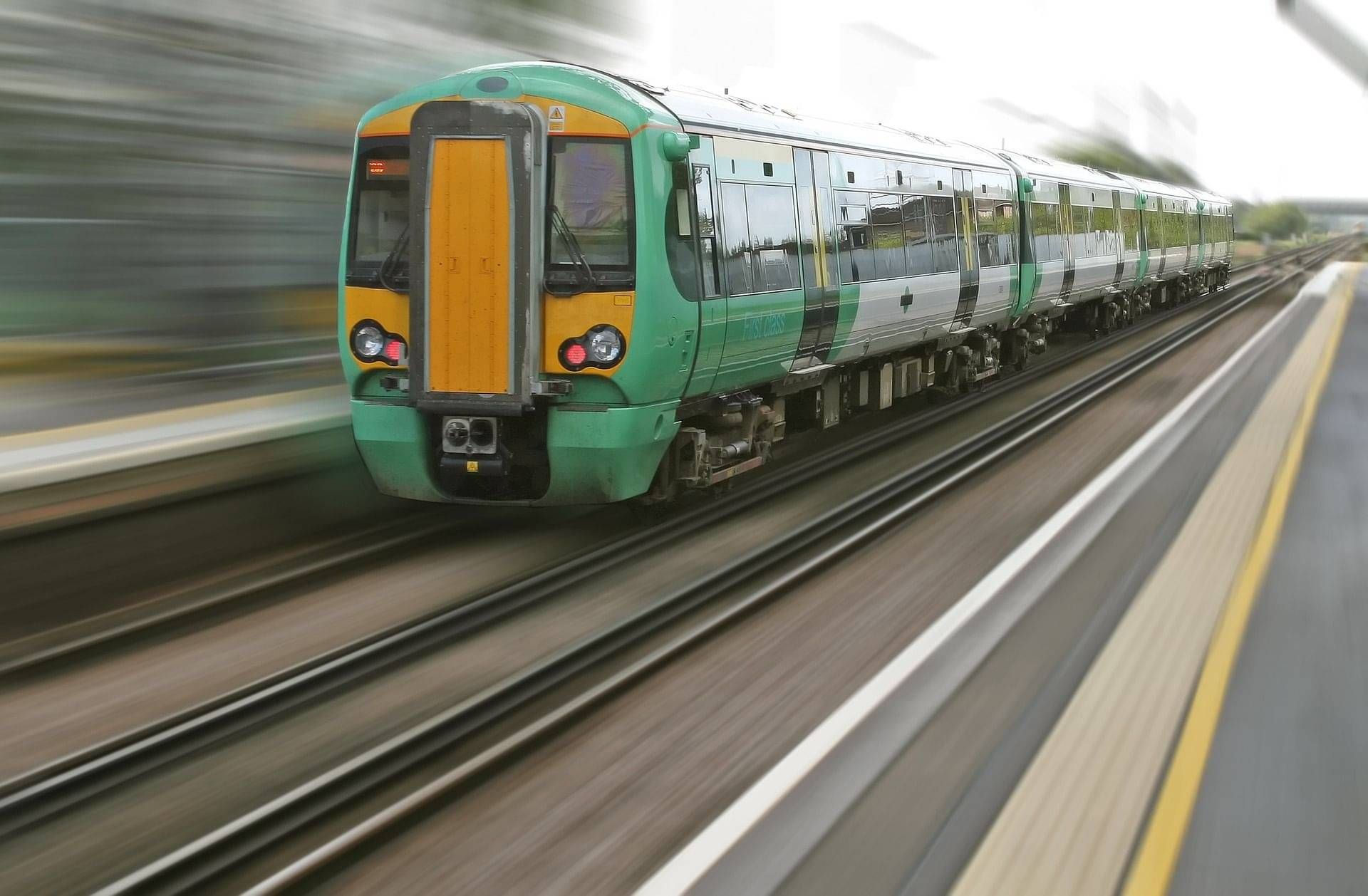
How does it work?
Our technology clears the residue on tracks, returning the surface to a dry, clean and uncontaminated state, enabling the trains to run as if it were summer all year round, leading to increased capacity and closer running trains (working towards RSSB targets).
BEFORE and AFTER PlasmaTrack treatment
Testing
During October 2022 PlasmaTrack Ltd has been conducting testing of its plasma technology on a section of Network Rail's East Lancashire Railway heritage lines.
The ultimate deployment is to fit this to every passenger train, enabling train drivers to predict braking distances regardless of the weather or season and for network operators to increase the capacity on the miles of track they own.
The video below shows our successful Autumn testing programme using a multi-purpose vehicle (MPV), delivering cleaned railhead at speeds up to 60 miles per hour.
